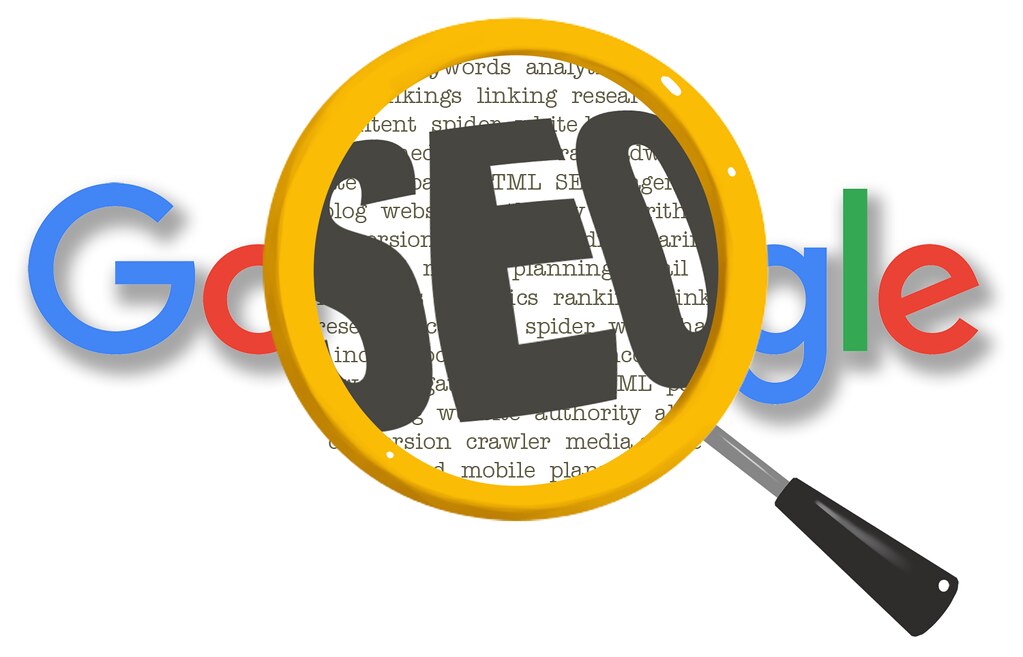


Meta tags are essential for optimizing your website for search engines and social media platforms. This summary covers key meta tags for SEO, Open Graph (for social media), and Twitter, providing best practices and examples.
Purpose:
The meta description is a brief summary of a webpage's content, appearing in search engine results under the page title. It impacts click-through rates.
Best Practices:
Example:
<meta name="description" content="Shri Samarth Vidya Mandir Prashala in Savedi, Ahmednagar, offers quality education and holistic development, nurturing future leaders with academic excellence.">
Purpose:
Previously used to highlight important keywords, this tag is no longer used by most search engines, including Google.
Best Practices:
Example:
<meta name="keywords" content="education, school, Shri Samarth Vidya Mandir, Ahmednagar, holistic development">
Open Graph tags control how content appears when shared on social media platforms like Facebook, LinkedIn, and Twitter.
og:titlePurpose:
Specifies the title of the content for social media shares.
Best Practices:
Example
<meta property="og:title" content="Shri Samarth Vidya Mandir Prashala - Quality Education in Ahmednagar">
og:descriptionPurpose:
Provides a summary of the page content for social media shares.
Best Practices:
Example:
<meta property="og:description" content="Discover quality education at Shri Samarth Vidya Mandir Prashala in Ahmednagar, fostering holistic development for future leaders.">
og:imagePurpose:
Specifies the image displayed when the page is shared on social media.
Best Practices:
Example:
<meta property="og:image" content="https://example.com/images/school-thumbnail.jpg">
og:urlPurpose:
Specifies the canonical URL of the page that should be shared.
Best Practices:
https://.Example:
<meta property="og:url" content="https://example.com/school-page">
og:typePurpose:
Indicates the type of content (e.g., website, article).
Best Practices:
website for general pages, article for blog posts.Example:
<meta property="og:type" content="website">
Twitter meta tags, similar to Open Graph, control how content appears when shared on Twitter.
twitter:cardPurpose:
Defines the type of content card shown on Twitter (e.g., summary, summary_large_image).
Best Practices:
summary for text-focused content, summary_large_image for image-focused content.Example:
<meta name="twitter:card" content="summary_large_image">
twitter:titlePurpose:
Specifies the title for the Twitter card.
Best Practices:
Example:
<meta name="twitter:title" content="Shri Samarth Vidya Mandir Prashala - Quality Education in Ahmednagar">
twitter:descriptionPurpose:
Provides a summary of the content for the Twitter card.
Best Practices:
Example:
<meta name="twitter:description" content="Discover quality education at Shri Samarth Vidya Mandir Prashala in Ahmednagar, fostering holistic development for future leaders.">
twitter:imagePurpose:
Specifies the image displayed on the Twitter card.
Best Practices:
Example:
<meta name="twitter:image" content="https://example.com/images/school-thumbnail.jpg">
Purpose:
Tells search engines which URL is the authoritative version of a page, helping to prevent duplicate content issues.
Best Practices:
Example:
<link rel="canonical" href="https://example.com/school-page">
Purpose:
Controls how search engines index the page and follow its links.
Best Practices:
index, follow (index page and follow links), noindex, nofollow (don't index or follow).noindex for pages you don't want in search results.Example:
<meta name="robots" content="index, follow">
Purpose:
Specifies the character encoding, ensuring proper text and symbol display.
Best Practices:
Example:
<meta charset="UTF-8">
Purpose:
Ensures responsive design, adjusting the webpage to fit different screen sizes, particularly mobile devices.
Best Practices:
Example:
<meta name="viewport" content="width=device-width, initial-scale=1.0">
Purpose:
Although not an official meta tag, using images like og:image ensures a relevant thumbnail appears when the page is shared.
Best Practices:
alt text.Example:
<meta property="og:image" content="https://example.com/images/school-thumbnail.jpg">
Purpose:
Indicates the author of the content, useful for credibility.
Best Practices:
Example:
<meta name="author" content="Shri Samarth Vidya Mandir Prashala">
Using these meta tags effectively can significantly improve your website's visibility and presentation on search engines and social media platforms. Implement these tags to ensure your content is accurately represented, drives traffic, and resonates with your target audience.